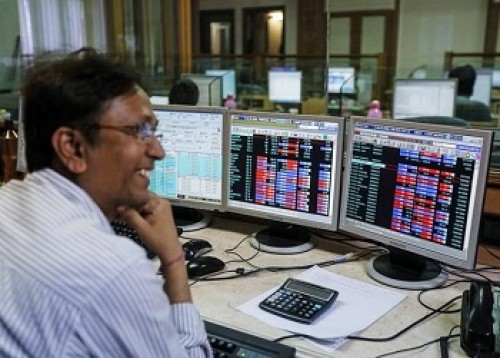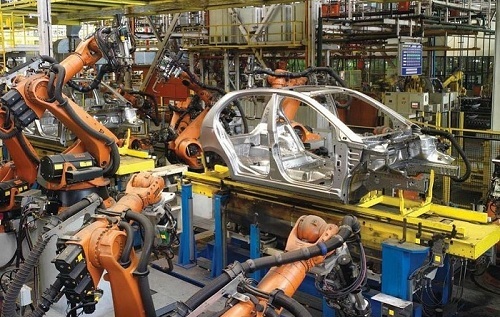Part-II: Assessing India’s employment situation - Motilal Oswal

Follow us Now on Telegram ! Get daily 10 - 12 important updates on Business, Finance and Investment. Join our Telegram Channel
https://t.me/InvestmentGuruIndiacom
Download Telegram App before Joining the Channel
Part-II: Assessing India’s employment situation
MGNREG indicates continued stress in the Labor market
* In Part-I of this series, we had concluded that India is not witnessing any wage inflation. The massive growth in employee costs in the IT sector (and Banks) was driven by higher employment – as growth in wage per worker remains extremely weak. Does this mean that the employment situation in India is changing? This is what we discuss in this note.
* On an aggregate basis, the total number of workers in the listed universe (~3,500 companies) has stood at 6.5m for the past three years (FY18–20), amounting to under 2% of the country’s total employment. Furthermore, the share of the IT sector, the largest in the listed space, would be just ~3% (including indirect employment) of the total employment. Without wage inflation, better employment growth in these sectors is unlikely to have a nationwide impact, unless complemented by some other broad measures.
* One of the best and most comprehensive methods to gauge the employment situation in India is to analyze the Mahatma Gandhi National Rural Employment Guarantee (MGNREG) scheme. Since MGNREG is a demanddriven program, higher (lower) demand under this program is a good indicator of the stress (buoyancy) in the Labor market.
* As many as 112m people (9.3m workers per month) were employed under MGNREG in FY21 (up 42% during the year) as the rural workforce moved from the workplace (in urban centers) to the homeland (also called ‘reverse migration’). In the first eight months of FY22 (Apr–Nov’21), as many as 11.2m people per month worked under MGNREG, implying further growth of 20%. The work demanded under MGNREG in Nov’21 was more than 90% of the work demanded in Nov’20, 1.8x the pre-COVID trends in November. Such strong demand for work under MGNREG is a clear sign of continued stress in India’s Labor market. This confirms the gradual pace of reversal in the reverse migration that occurred in the wake of COVID-19. Migrant workers, thus, are yet to feel confident enough to move back to urban centers.
* Interestingly, the ratio of work demanded to provided under MGNREG declined to record lows of 61.5% in Nov’21 vis-à-vis the long-term average of 85%. Thus, it is not surprising that the union government has sought additional spending of INR220b under MGNREG in FY22. The ratio would likely improve from Dec’21.
* Moreover, the share of the young workforce (aged below 30 years) under the MGNREG scheme has increased sharply, reversing the trends seen during the pre-COVID period. Over Apr–Nov’21, as many as 12% of the total workers under MGNREG belonged to the 18–30 years age group (the highest level in eight years), compared with lows of just 7.3% in FY19.
* Overall, the buoyant economic recovery is yet to spill over to the Labor market. Although MGNREG serves the useful purpose of providing work in rural areas, recent trends confirm numerous economic implications. First, such a high level of work demanded under MGNREG suggests labor shortages may remain a concern in urban centers. Second, while MGNREG provides an avenue of casual employment (under the usual status) for rural society, it hurts national productivity due to lower efficiency. Lastly, in line with our views in Part-I, with a daily wage rate of ~INR210 per person and average days of employment provided per household at ~50, the deployment of such a large workforce under MGNREG is unlikely to signal to wage inflation risks in the country.
To Read Complete Report & Disclaimer Click Here
For More Motilal Oswal Securities Ltd Disclaimer http://www.motilaloswal.com/MOSLdisclaimer/disclaimer.html SEBI Registration number is INH000000412
Above views are of the author and not of the website kindly read disclaimer










Tag News

Monthly Debt Market Update, September 2023: CareEdge Ratings












